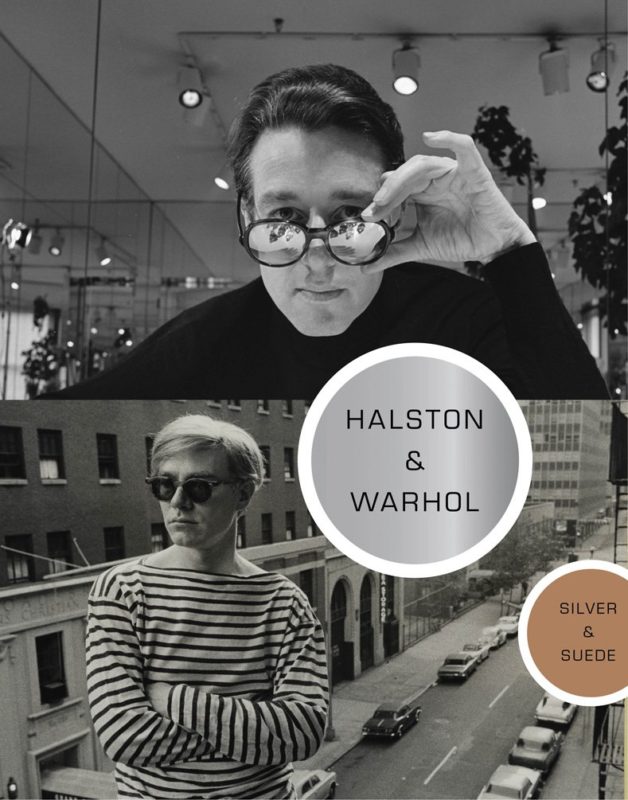The exhibition Halston and Warhol: Silver and Suede examines the interconnected lives and creative practices of Andy Warhol and Halston - two American icons who had a profound impact on the development of 20th century art and fashion.
Jacqueline Bouvier Kennedy Onassis (1929–1994) rose to prominence as the wife of President John F. Kennedy but soon demonstrated her own talents as hostess, style icon, mother, and arbiter of good taste. In her role as First Lady she was admired internationally for embodying elegance, and in the world of fashion she became a trendsetter who influenced designers, magazine editors, and the public at large.
Halston’s profile in American fashion was immediately elevated when Jackie asked him to design her hat for the inauguration day celebrations in 1961. His pale pink pillbox hat was seen by millions as Jackie’s image was broadcast on television and circulated in print.
Deeply affected by the assassination of President Kennedy in November 1963, Warhol began a series of portraits of the widow. Based on eight different reproductions from newspapers and magazines, these portraits were shown individually and in groups. The shifting images created a cinematic effect and transformed the historical narrative into a series of affecting moments. The initial exhibition of the Jackies, which entailed a single profile image repeated 42 times, occurred at the Leo Castelli Gallery almost one year after the assassination.
Even long after the event, Warhol was amazed at the power that the image held: “As we walked through the galleries every person recognized Jackie. They didn’t come too close. They stopped for a minute, looked, and whispered. You could hear her name in the air: ‘Jackie. Jackie.’ It’s a very strange feeling. There is so much awe and respect for her. Being with her is like walking with a saint.”




